
Nissan Qashqai Station Wagon (2007-2013) engines, drive and performance

Nissan Qashqai performance is taken care of by a wide range of engine options. Five engines feature in the range – two petrols and two diesels.
Petrol engines
The petrol engines are a 1.6-litre with 115bhp and a 2.0-litre with 140bhp. The 1.6-litre model has to be worked hard in order to get the best from it but is peppy enough.
The more powerful engine delivers smooth and refined acceleration and much of the pulling power is available across the rev range making it feel keen when accelerating.
Diesel engines
The diesels make more sense – especially the 109bhp 1.5 dCi which offers surprising pace considering its relatively small capacity. Admittedly its 0-62mph time of 12.2 seconds isn’t great but in-gear performance is strong and it will average an impressive 54mpg.
The 150bhp 2.0 dCi is the best engine overall and although it’s a little noisy at times it feels eager and swift, pulling from low revs for effortless overtaking.
There’s also a 1.6-litre diesel engine which comes fitted with a stop/start system. This helps the Qashqai to 62mph in 10.3 seconds with a top speed of 118mph, although fuel economy and emissions are the aim of the game with this engine – 62.8mph and 119g/km respectively.
Transmission options
All engines come with a six-speed manual gearbox as standard, apart from the 1.6-litre petrol which has a five-ratio gearbox. Nissan also offers automatic transmissions on both the larger engines – a continuously variable transmission (CVT) on the petrol engine and a conventional six-speed automatic gearbox on the diesel. Four-wheel drive can also be selected with the 2.0-litre petrol and diesel engines.
Nissan has spent a great deal of effort in ensuring the Qashqai drives like a conventional car.
Although it has been designed in the mould of a 4x4 and as a result looks like it might feel a little top-heavy when cornering, it does in fact have exceptional body control.
It’ll easily cope with a series of tight bends, retaining its composure when changing direction and while the steering is light when parking, there is much more weight at higher speeds.
The suspension soaks up the vast majority of bumps on the road from low-speed traffic-calming humps to sudden pot holes on A roads.
If you have trickier terrain to tackle a four-wheel drive option can be chosen on the 2.0-litre models. There are three settings – 2WD, Auto (where up to 50% of torque can be sent to the rear wheels) and Lock where drive is split permanently 50/50 front to rear – ideal for driving in snow or across slippery fields. However it’s worth noting that the Qashqai isn’t really designed for serious off road driving.


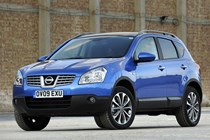
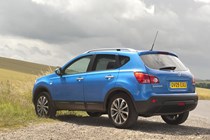
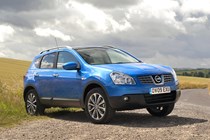
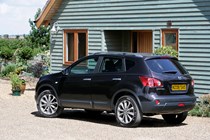
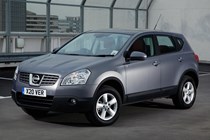
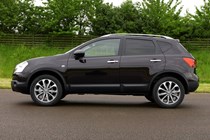
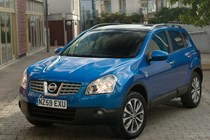
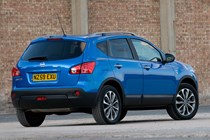


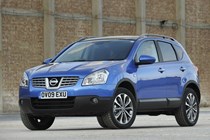
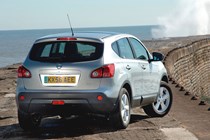
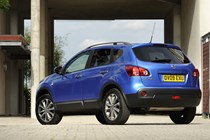

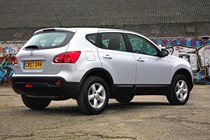
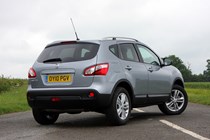
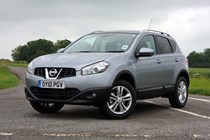
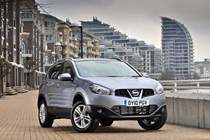
.jpg)
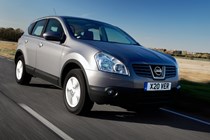
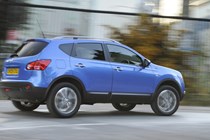

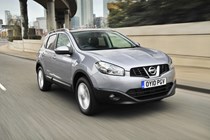
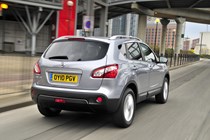
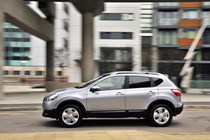
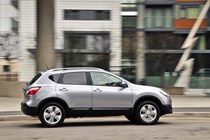
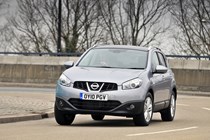
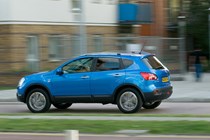
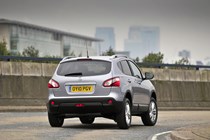
.jpg)
.jpg)
.jpg)
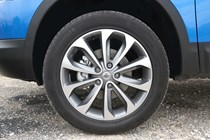
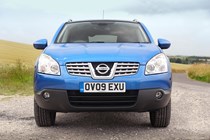
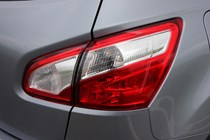
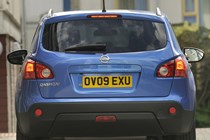
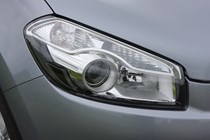
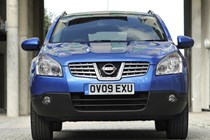
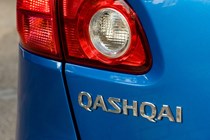
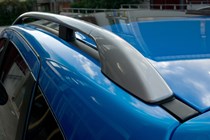
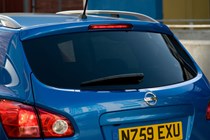
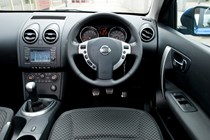

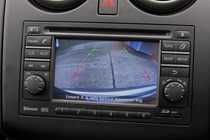
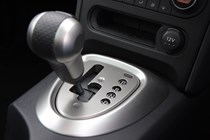
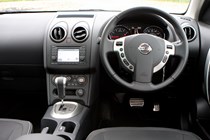
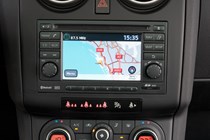
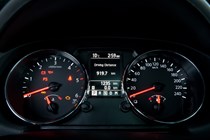
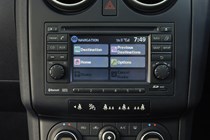

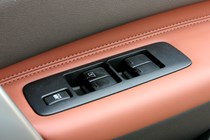
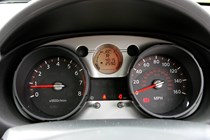
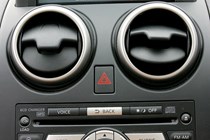
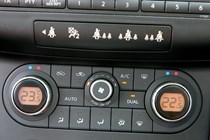
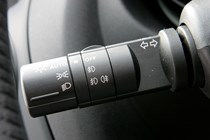

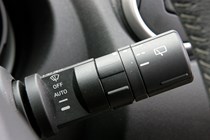
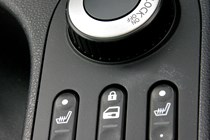

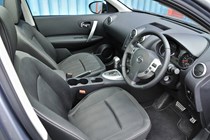
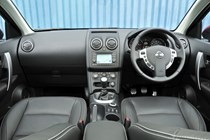
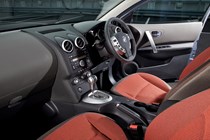
.jpg)
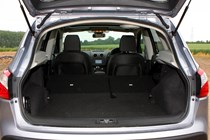
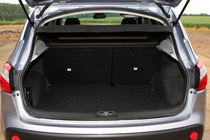
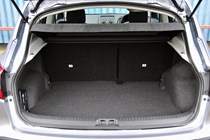
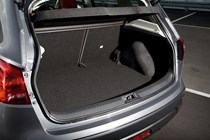
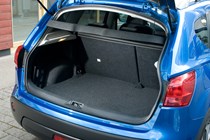
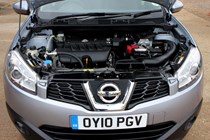
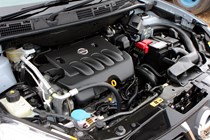
.jpg)
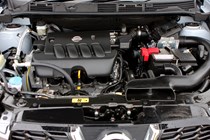




















.jpg?quality=50)










.jpg?quality=50)
.jpg?quality=50)
.jpg?quality=50)






























.jpg?quality=50)







.jpg?quality=50)
